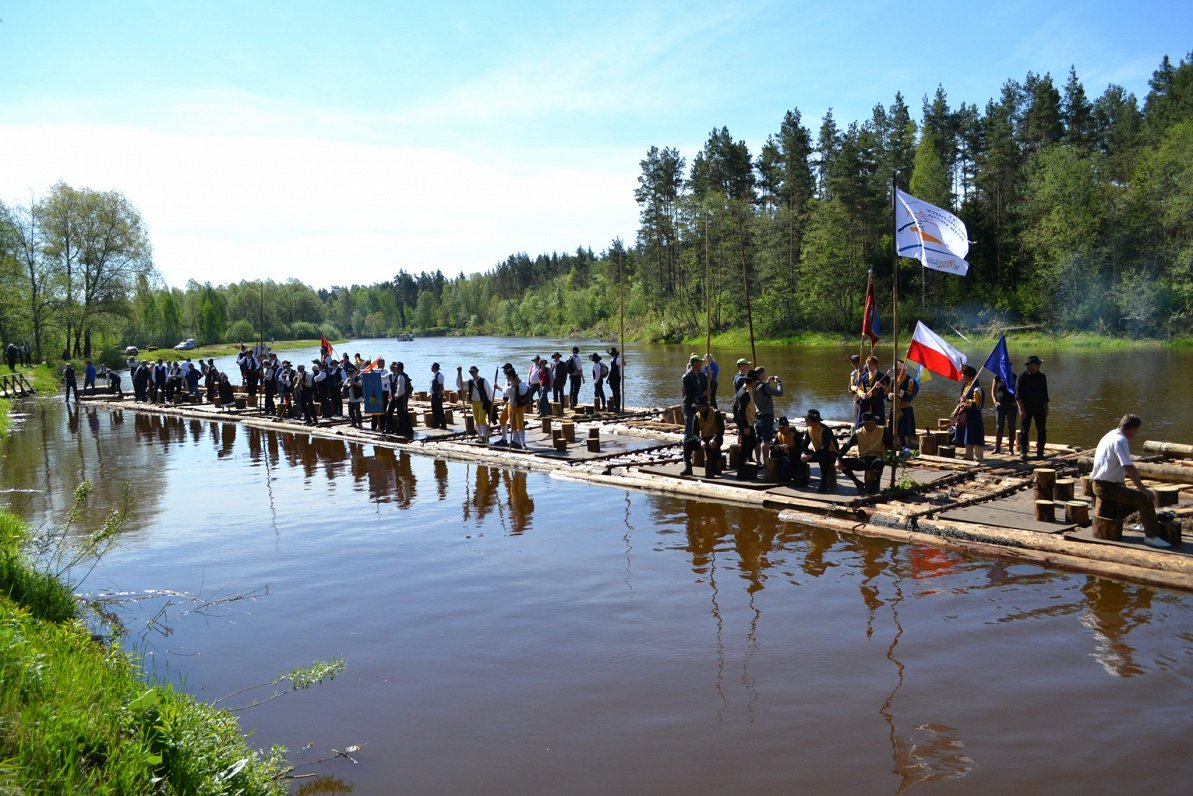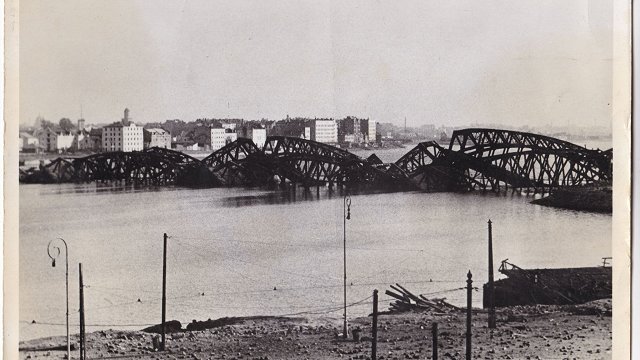The multinational application "Timber Rafting" was made by six countries - Austria, the Czech Republic, Latvia, Poland, Spain and Germany. Until now, the Latvian items on the list of intangible cultural heritage of humanityincluded the tradition and symbolism of Song and Dance Festivals in Latvia, Lithuania and Estonia, while the Suitu cultural space is included in the list of Intangible Cultural Heritage, which must be urgently preserved.
The timber rafting tradition received a very positive assessment from experts, who said it demonstrates the close connection of man with nature and the rational use of natural resources, which is fully in line with the European course towards sustainable development.
The UNESCO Intergovernmental Committee highlighted the application as an example of successful international cooperation in the preparation of the application and especially emphasized the great involvement of the communities themselves in preserving and developing their intangible cultural heritage.
Representatives of the association "Gaujas plostnieki" (Gauja River rafters) are in Rabat where a UNESCO gathering is hearing about all the different international applications. Part of the log rafting application includes the video below.
UNESCO's representative list of Intangible Cultural Heritage of Humanity is created to ensure greater visibility of intangible cultural heritage and to expand understanding of its importance, as well as to promote dialogue on cultural diversity. The list so far includes 640 values from 140 countries of the world, and this year the list will be supplemented with at least 35 more values.
In the 19th century, rafting was a favorite springtime activity of Vidzeme farmers, but in the 20th century, rafts were slowly replaced by the more economically advantageous floating of loose timber in Gauja. In 1996, the tradition was restored by starting an annual raft tying and floating along the Gauja River to Strenči, where it ends with the Gauja rafters' festival. In 2018, the craft skills of Gauja rafters were included in the Latvian National List of Intangible Cultural Heritage.



























